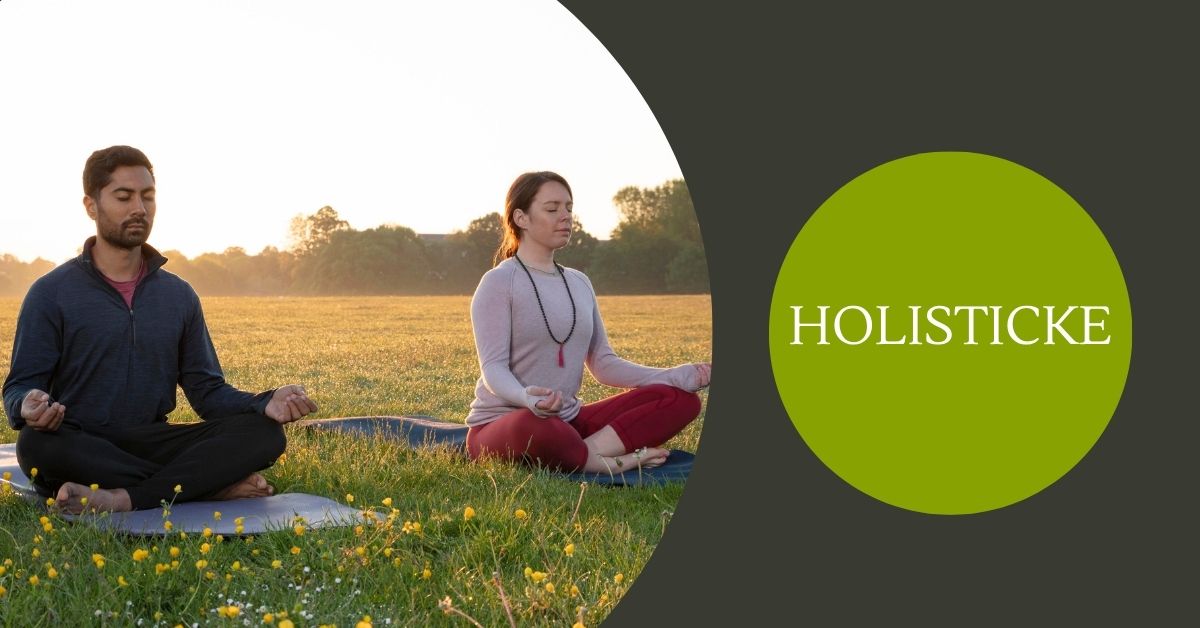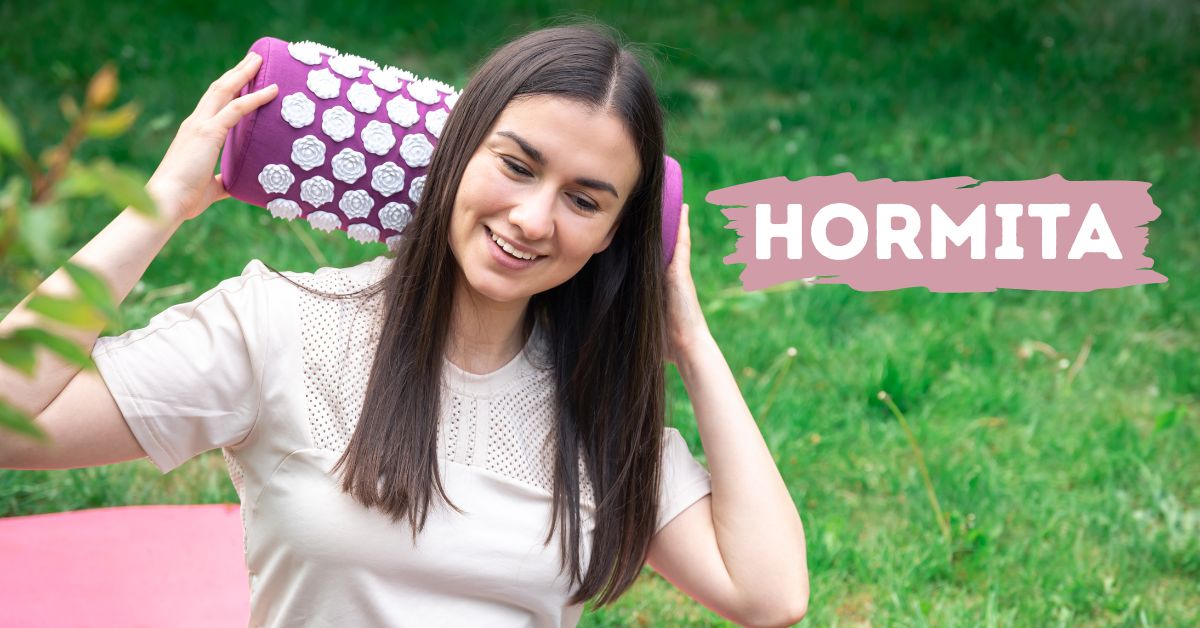Aiming for total health has become a guiding light in our sometimes disjointed and hectic environment. Holisticke is here to change all that, offering a fresh perspective on health that goes beyond the conventional wisdom. It provides a new way of looking at the relationship between our mental, physical, and spiritual selves, and how all three contribute to a well-rounded existence.
Envision yourself well rested, connected to your authentic self, and full of energy when you wake up every morning. Through individualized nurturing methods, Holisticke invites us to investigate all aspects of our well-being. A lifestyle that promotes holistic health is the goal of this movement, not only the alleviation of symptoms.
As we explore the fascinating realm of Holisticke, you will learn about its foundations, essential principles, advantages, and practical applications. Whether you’re just starting out on your path to optimal wellbeing or are an old hand at holistic living, you’ll find something useful here.
Understanding Holisticke and its Origins
Rather than being a passing fad, holisticke is an ever-evolving philosophical movement that places an emphasis on the unity of soul, body, and mind. It has its origins in long-established medical practices that span many civilizations. Treating the full person has long been acknowledged in many medical traditions, including Traditional Chinese Medicine and the Indian system of Ayurveda.
Modern Holisticke arose in reaction to the disjointed nature of traditional healthcare. Rather than focusing on treating symptoms, it promotes a more holistic approach.
The very definition of the word has strong ties to holistic ideas, which hold that physical, mental, social, and ecological health are all interrelated. A more empowered and self-aware individual may embark on their wellness path with the help of an all-encompassing viewpoint.
Holisticke is a beacon of hope for long-term, holistic lifestyle changes that might alleviate the growing stigma around mental illness and other lifestyle-related ailments.
The Principles of a Holistic Approach to Wellness
Taking a person as a whole is essential to a holistic view of health. Optimal health includes not just a sound mind and body, but also a sound soul. Every part affects every other part.
Finding a steady equilibrium is important. When one part fails, it might affect the whole. Harmony may be achieved by tending to all aspects.
Equally important is prevention. A more proactive approach that promotes vitality and longevity is promoted by a holistic mentality, as opposed to only treating symptoms.
Customization is important with this system. Personal requirements dictate individualized solutions when it comes to diet and lifestyle choices; what works for one person might not work for another.
An additional focus is on developing meaningful relationships with people. To succeed in today’s fast-paced environment, it is necessary to build support systems by strengthening connections.
As a foundational practice, mindfulness generally encourages acceptance without judgment by bringing one’s attention to the present moment, which in turn heightens one’s awareness of one’s thoughts and feelings. Everyday challenges may become learning opportunities with only one easy change.
The Benefits of Adopting a Holistic Lifestyle
Numerous advantages permeate every facet of life when one embraces a holistic lifestyle. Its primary benefit is that it helps people become more attuned to themselves. A more self-aware person is one who pays attention to his or her physiological, psychological, and spiritual requirements.
An additional major perk is improved health. When people commit to more holistic activities, such as yoga or meditation, they typically find that their minds get clearer and that their stress levels decrease. In addition to helping you unwind, these pursuits will also enhance the bond between your mind and body.
Improved dietary and physical activity routines are further promoted by a holistic perspective. The body is better nourished by a focus on real foods rather than processed ones. Exercise goes from being a duty to a fun component of life when you find joy in movement, whether it’s dancing or hiking.
Within this structure, community support also grows. Collaborating with like-minded individuals is an integral part of a holistic lifestyle, which promotes connections based on shared aspirations for personal development and health.
Key Elements of a Holistic Lifestyle
| Aspect | Description | Benefits |
|---|---|---|
| Mindfulness | Being present and aware of thoughts and emotions. | Reduces stress, improves clarity and focus. |
| Nutrition | Consuming whole, nutrient-rich foods. | Boosts energy, supports overall health. |
| Exercise | Engaging in joyful physical activities like yoga, walking, or dance. | Enhances mood, builds strength, improves longevity. |
| Spiritual Health | Connecting with inner self through meditation or reflection. | Promotes inner peace and self-understanding. |
| Community | Building supportive and positive relationships. | Fosters belonging, motivation, and happiness. |
| Self-Care | Prioritizing rest, creativity, and relaxation. | Prevents burnout and promotes emotional balance. |
How to Incorporate Holistic Practices into Your Daily Routine
Integrating holistic practices into your daily routine can be simple and rewarding. Start your day with a few minutes of mindfulness. Focus on your breath or engage in meditation to set a positive tone.
Consider incorporating whole foods into your meals. Fresh fruits and vegetables provide essential nutrients that nourish both body and mind. Preparing meals at home allows for creativity, encouraging you to experiment with flavors.
Physical activity is key too. Find an exercise you enjoy, whether it’s yoga, hiking, or dancing in your living room. This promotes not just physical health but also emotional well-being.
In the evening, carve out time for self-care rituals like journaling or herbal tea enjoyment. These moments help unwind from the day’s stresses while nurturing personal growth.
Remember, small adjustments lead to significant changes over time—embracing a holistic lifestyle doesn’t have to happen overnight!
Exploring Different Aspects of Holisticke, such as Nutrition, Exercise, and Mindfulness
In the Holistic approach, nutrition is very important. What you eat is important, but how you eat impacts every part of your body. The mind and body are both supported by nutrient-dense whole meals.
Physical activity is also crucial. Physical activity shouldn’t seem like work but rather like a liberating adventure. Integrating physical health with emotional release, activities like yoga or dance cultivate a connection to oneself.
To bring all of these parts together, mindfulness is like a thread. Mindfulness training helps one to be more in tune with their internal experiences when eating or exercising. Your whole wellness experience is improved by this.
Holisticke stresses harmony among these features, which have a significant impact on one another. A condition of balance where people may flourish completely occurs when eating, moving, and being attentive are all in harmony with one another.
Breaking Down Common Misconceptions about Holisticke
What Holisticke stands for is often misunderstood. Some people dismiss it as a passing craze, but that’s completely false. It represents an ageless ideology with its origins in long-forgotten customs.
It is also often believed that holistic wellness does not value conventional medical care. Holisticke really works in tandem with conventional medical care by attending to patients’ mental, spiritual, and emotional wellness as well as their physical health.
Some people think it takes a lot of effort and money to live a holistic lifestyle. But without breaking the money or your schedule, even little adjustments may have big impacts.
Many people mistake holistic medicine for only alternative medicine. Nutrition, mindfulness, and community ties are just a few of the many components of this strategy, which includes these helpful measures.
Some people think this movement is just for a select few. It is truly meant for global accessibility and personal health journey advancement; anybody may accept Holisticke concepts, regardless of background or skill level.
The Future of Whole-Person Wellness: Embracing the Holisticke Movement
As it gains traction, the Holisticke movement is molding the way people approach health in the years to come. Holistic ideas are gaining importance in many fields as people strive for a more balanced living.
Our understanding of holistic wellbeing is being enhanced by new health technology innovations. People may easily keep tabs on their emotional, mental, and physical well-being with the use of apps and wearables. People may take charge of their health with the help of this data-driven strategy.
Equally important is the backing of the community. Holistic practices, such as nutrition coaching and meditation, are attracting a growing number of students to classes and websites that support them. These settings encourage bonding and mutual development.
Holisticke education is on the rise in both formal and informal settings. Community health improves when more programs promote self-care practices that support mental and physical balance.
We might anticipate revolutionary shifts in our understanding of health when a society adopts this integrated concept, shifting our focus from the absence of disease to the promotion of healthy, fulfilling lives for all.
Explore similar stories to spark fresh ideas.
FAQS
What is Holisticke?
A contemporary approach to health, Holisticke places an emphasis on the interconnectedness of mind, body, and spirit. Rather than focusing on alleviating symptoms alone, it stresses the need of nourishing the whole person for maximum health.
How can I start incorporating Holisticke practices into my life?
To ease into practicing mindfulness, try including short sessions of meditation or deep breathing into your already busy day. Planning healthy meals or engaging in physical activities that you love are two other options to consider. A more balanced way of living can be achieved via the gradual adoption of these practices.
Are there specific diets associated with Holisticke?
Fruits, vegetables, lean meats, and healthy fats are generally advocated under the Holisticke paradigm, which does not have a one-size-fits-all diet. The objective is to provide nourishment for the body and mind by way of balanced, individualized nutrition.
Can someone with a busy lifestyle benefit from adopting a holistic approach?
Absolutely! A holistic lifestyle can be adapted for anyone’s schedule. Prioritizing self-care practices doesn’t require extensive time commitments; even short moments dedicated to mindfulness or quick nutritional adjustments can have profound effects on overall well-being.
Is Holisticke only about physical health?
Absolutely not! Holisticke includes not just physical health but also mental and emotional wellness. To achieve long-term health, it recommends activities that benefit the whole person, bringing balance to all areas of life.








